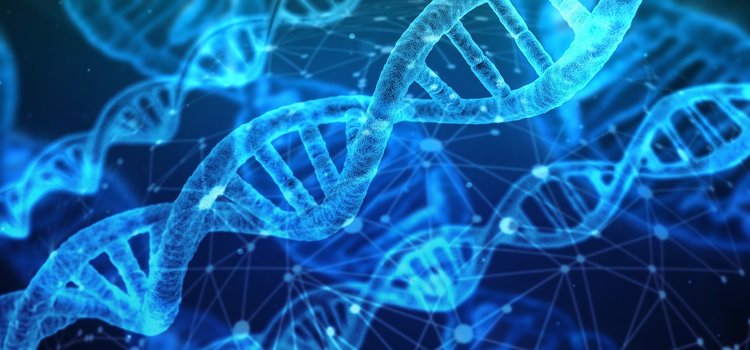

8. MOTION
Assignment 8.1 Activity 8.11. MATTER IN OUR SURROUNDINGS
View2. IS MATTER AROUND US PURE
View3. ATOMS AND MOLECULES
View4. STRUCTURE OF THE ATOM
View5. THE FUNDAMENTAL UNIT OF LIFE
View6. TISSUES
View7. DIVERSITY IN LIVING ORGANISMS
View8. MOTION
View9. FORCE AND LAWS OF MOTION
View10. GRAVITATION
View11. WORK AND ENERGY
View12. SOUND
View13. WHY DO WE FALL ILL
View14. NATURAL RESOURCES
View15. IMPROVEMENT IN FOOD RESOURCES
ViewAnswers All Chapters
View
1. Preparation of:
(a) a true solution of common salt, sugar and alum
(b) a suspension of soil, chalk powder and fine sand in water
(c) a colloidal solution of starch in water and egg albumin/milk in water and distinguish between these on the basis of
(i) transparency
(ii) filtration criterion
(iii)stability
2. Preparation of:
a) A mixture
b) A compound
using iron filings and sulphur powder and distinguishing between these on the basis of:
(i) appearance, i.e., homogeneity and heterogeneity
(ii) behaviour towards a magnet
(iii) behaviour towards carbon disulphide as a solvent
(iv) effect of heat
3. Separation of the components of a mixture of sand, common salt and ammonium chloride (or camphor).
4. Perform the following reactions and classify them as physical or chemical changes:
(a) Iron with copper sulphate solution in water
(b) Burning of magnesium ribbon in air
(c) Zinc with dilute sulphuric acid
(d) Heating of copper sulphate crystals
(e) Sodium sulphate with barium chloride in the form of their solutions in water
5. Preparation of stained temporary mounts of (a) onion peel, (b) human cheek cells and to record observations and draw their labeled diagrams.
6. Identification of Parenchyma, collenchyma and Sclerenchyma tissues in plants, striped, smooth and cardiac muscle fibers and nerve cells in animals, from prepared slides. Draw their labeled diagrams.
7. Determination of the melting point of ice and the boiling point of water.
8. Verification of the Laws of reflection of sound.
9. Determination of the density of solid (denser than water) by using a spring balance and a measuring cylinder.
10. Establishing the relation between the loss in weight of a solid when fully immersed in
a) Tap water
b) Strongly salty water with the weight of water displaced by it by taking at least two different solids.
11. Determination of the speed of a pulse propagated through a stretched string/slinky (helical spring).
12. Study of the characteristics of Spirogyra, Agaricus, Moss, Fern, Pinus (either with male or female cone) and an Angiospermic plant. Draw and give two identifying features of the groups they belong to.
13. Observe the given pictures/charts/models of earthworm, cockroach, bony fish and bird. For each organism, draw their picture and record:
a) one specific feature of its phylum.
b) one adaptive feature with reference to its habitat.
14. Verification of the law of conservation of mass in a chemical reaction.
15. Study of the external features of root, stem, leaf and flower of monocot and dicot plants.